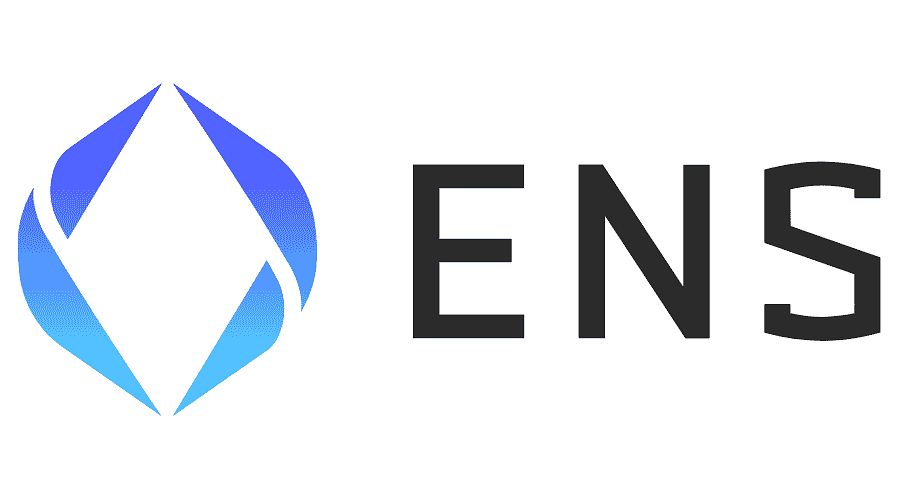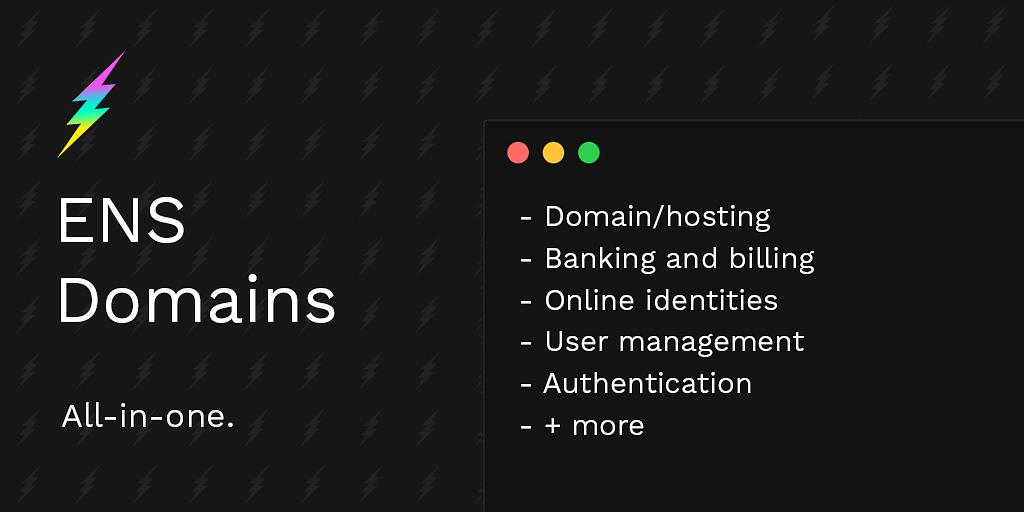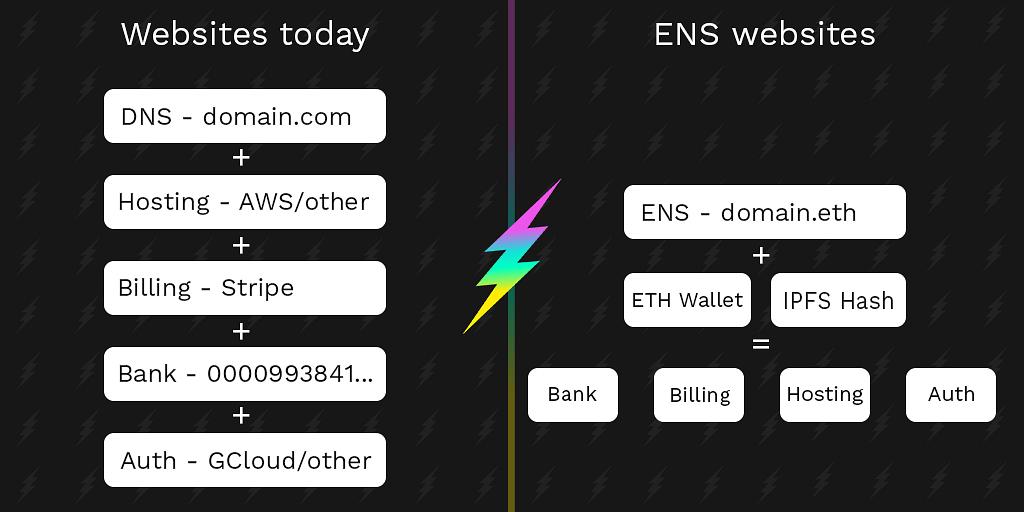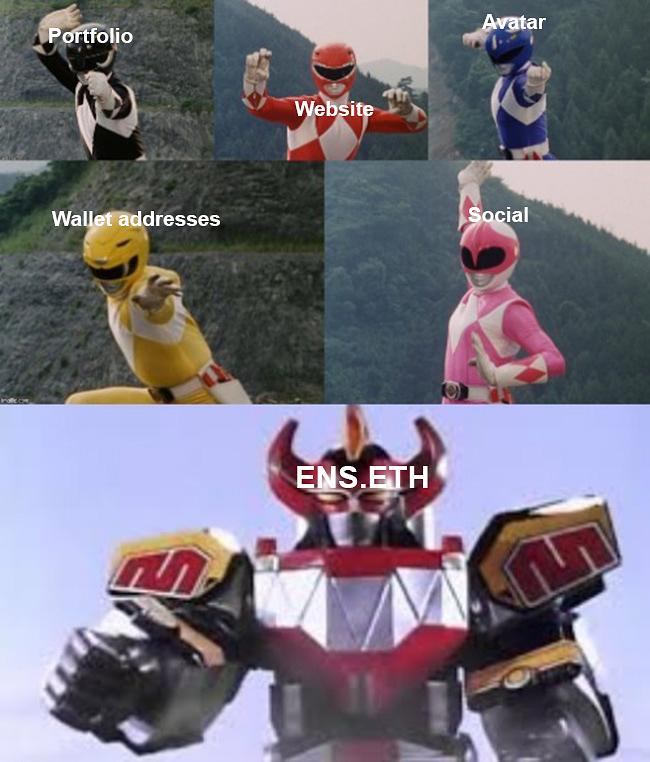
What is an ENS domain and how does it work?
An ENS domain is a unique name registered on the Ethereum Name Service (ENS) system that can be used to represent various resources, including Ethereum addresses, IPFS content hashes, and other metadata.
ENS is a decentralized domain name system built on top of the Ethereum blockchain. It allows users to register human-readable names, such as myname.eth, and associate them with specific Ethereum addresses or other resources. Once registered, the owner of the domain has full control over it and can use it to point to different resources as needed.
When a user types a website address into their browser or interacts with a decentralized application that uses ENS, the system resolves the human-readable name to the corresponding Ethereum address or other resource associated with that name. This makes it easier for users to interact with decentralized applications without having to remember complex addresses or hashes.
In addition to simplifying the user experience, ENS domains also provide a layer of security by allowing users to verify that they are interacting with the correct resource or application. This is particularly important in the decentralized finance space, where users need to be sure that they are sending transactions to the intended destination.
ENS Use Cases:
ENS Names offer So Much More Than Other Domains

ENS domains are decentralized alternatives to DNS domains, built on Ethereum smart contracts. They can be used as a censorship-proof Dweb point of access for websites, but they can also serve as an identity, wallet, payment processor, and much more, all at the same time. ENS domains can reference multiple resources at once, like IPFS hashes, ETH addresses, Twitter handles, emails, and avatars, and they work contextually depending on the user's needs. For example, an ENS domain could function as a personal CV website, but it could also act as a human-readable form of a user's 42-character wallet address in a compatible wallet service.
ENS Combines Multiple Web Services into a Frictionless One

Traditionally, creating a commercial web or web app required using separate services for things like payments, hosting, authentication, and more. These services often relied on private third parties and worked separately.
However, with ENS, all of these services can be easily integrated and encapsulated within the domain name itself. By using an Ethereum address or other crypto as the core of the ENS domain name, the payment gateway and bank aspect are resolved right away.
Additionally, ENS subdomains can be used for authentication and profiles, allowing users to quickly create accounts linked to their own addresses. This can create a simple and unified structure, such as user.yourdomain.eth, that makes it easy for users to manage their accounts and assets.
The use of ENS as a naming convention for internal assets can also lead to interesting applications, as these names are NFTs that can be traded and managed on the blockchain.
Overall, ENS provides easy access to an open decentralized infrastructure, allowing for a more unified and streamlined approach to web services without relying on centralized entities. With the Ethereum ecosystem and IPFS, ENS can easily cover all the necessary components of a web or web app.
ENS Domains Could Unify Online Identities

Balaji S. Srinivasan, a prominent technology figure, has argued that real names are not well-suited for the internet.
Real names weren’t built for the internet.
— Balaji (@balajis) December 14, 2020
Real names are just descriptors, tied to other identifiers like usernames, email addresses, and bank accounts, which are platform-specific and must be remembered and shared separately. This can be inconvenient and even risky.
In contrast, the Ethereum Name Service (ENS) is designed specifically for the web. It offers a simpler and more unified web experience by allowing businesses and individuals to use pseudonyms as their main online ID. By knowing just one pseudonym, you could connect, pay, and interact with them without needing to remember separate identifiers for each use case.
For individuals, a single .eth domain name could serve as a global pseudonym for their online presence, with subdomains for different actions like paying, connecting, or hiring. ENS also allows for the inclusion of metadata, such as wallet addresses, content hashes, custom text records, keywords, URLs, Github and Twitter handles, email addresses, and avatars.
This opens up many possibilities for custom use cases in the future. Any platform could add their custom records to ENS and enable users to take advantage of this naming system. Additionally, individuals could create a custom online identity that references all relevant aspects, including financial, social, and professional, in a simple and unified way.
The Potential Role of ENS in Storage

A promising use case for ENS is to create centralized storage identities owned by users. The decentralization of storage and empowering users to control their data faces the obstacle of the traditional platform storage paradigm. Instead of users storing their data in a platform's storage that they do not own or control, we propose that platforms store user data in a user-owned storage that is controlled by the user, and access is given to platforms as needed.
Ethereum key-based accounts are crucial to this vision of user-owned storage as they provide a unified online identity for users, allowing them to authorize platforms to connect to their unified pseudonym rather than holding platform-specific accounts. By adding user-owned storage behind an ENS unified pseudonym, users can sign up for new services and platforms with their user data and information automatically stored in their personal storage accounts, further closing the ownership and decentralization circle.
This is one of the many possible use cases for storage, but it is a fundamental concept in reimagining how we construct user-owned storage.
Giving ENS Names Protagonism
ENS domains have demonstrated their exceptional adaptability and interoperability, effectively facilitating the accessibility of decentralized applications and services. As ENS has evolved and expanded its use cases, it is now poised to serve as a powerful unifying force for entities in the next phase of the web's evolution. By leveraging ENS domains, various sub-components of an entity can be seamlessly integrated and managed in a unified manner. For further information on ENS use cases and experimentation opportunities for your Dapp, please refer to the ENS documentation site.
Giving ENS Names Protagonism
ENS domains have demonstrated their exceptional adaptability and interoperability, effectively facilitating the accessibility of decentralized applications and services. As ENS has evolved and expanded its use cases, it is now poised to serve as a powerful unifying force for entities in the next phase of the web's evolution. By leveraging ENS domains, various sub-components of an entity can be seamlessly integrated and managed in a unified manner. For further information on ENS use cases and experimentation opportunities for your Dapp, please refer to the ENS documentation site.
This post was based off of Bleek.co's great post "Why ENS Names are Much More Than Domains



